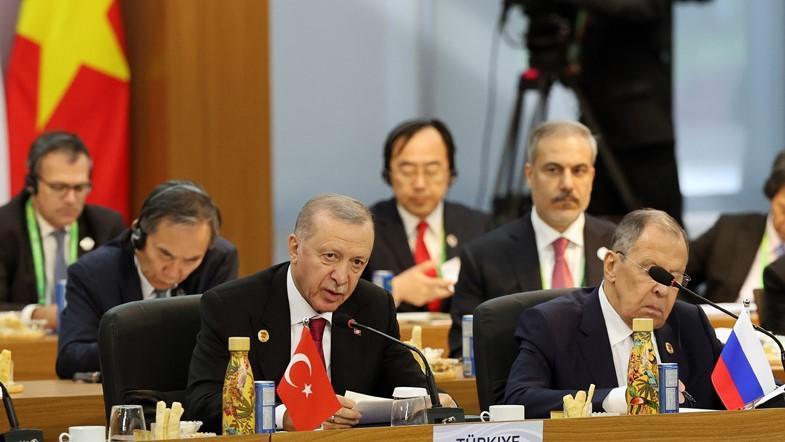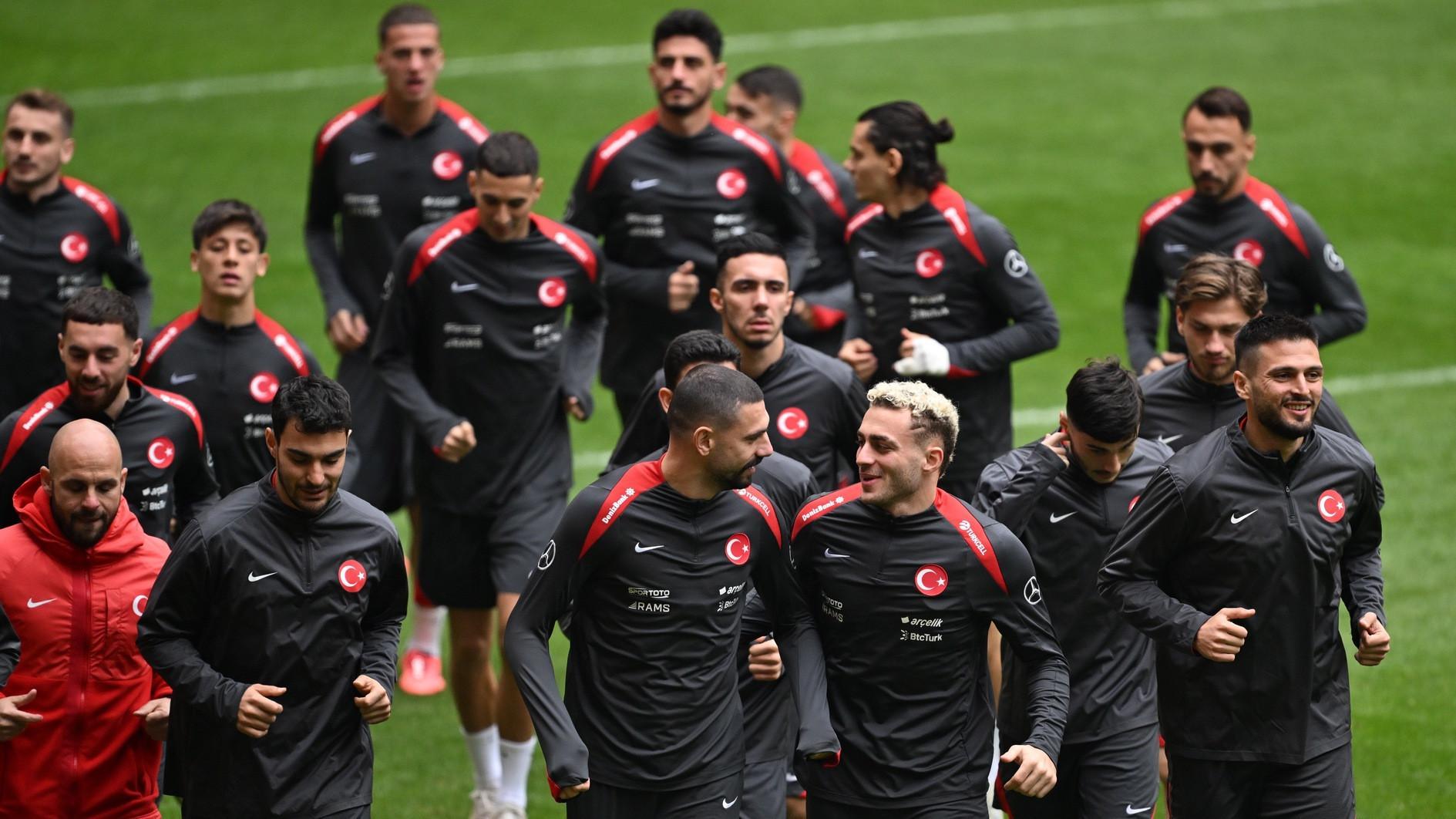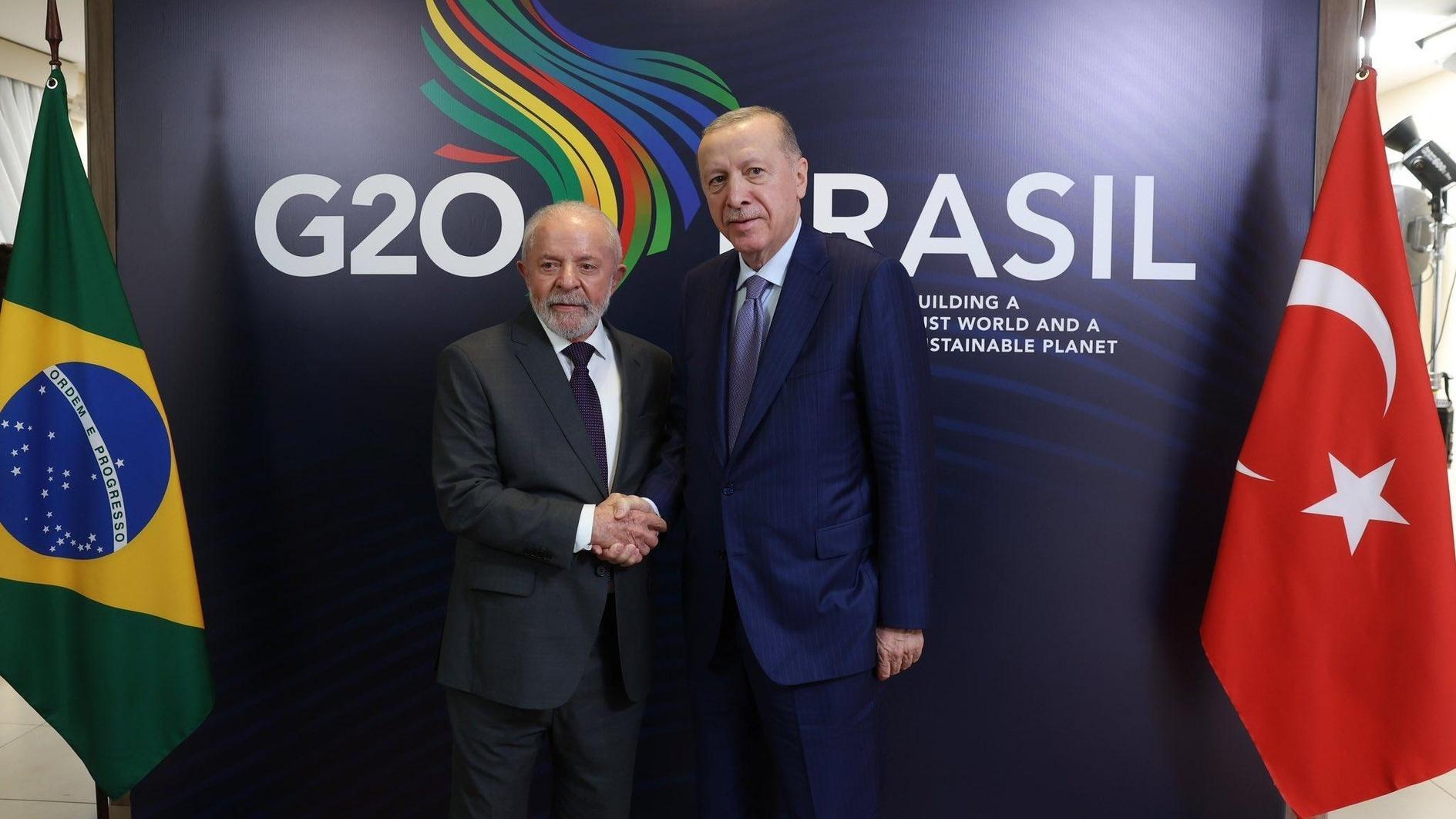From Xi to Trump: Collecting all power as if it’s not enough
The Chinese Parliament approved on March 11 the lifting of term limits for presidents being re-elected. The move was one of a number of constitutional changes pushed by President Xi Jinping, including putting his name in the Chinese Constitution after Mao Tse Tung, the founding leader of the People’s Republic of China.
Xi started his second five-year term in October 2017 following the Chinese Communist Party congress, at which he managed to bring his team to key positions, further strengthening his control over the world’s most populated country and fastest growing economy. The two five-year term limit for Chinese presidents was written into the constitution in 1982 under President Deng Xiaoping, who took over after the death of Mao in 1976 (after 30 years in power). It was seen as a precaution against lifelong one-man rule, which was seen as a potential problem even in authoritarian one-party regimes like China.
Tragically enough, one of the first messages expressing envy for what Xi was planning came not from another authoritarian regime. It came from U.S. President Donald Trump, the leader of an advanced, Western democracy, which is also the world’s biggest economic and military power. Asked about the issue during a Republican donors meeting last week, Trump was quoted as saying: “President for life. And he’s great. I think it’s great. Maybe we’ll give that a shot someday.”
The limit on presidential terms in the U.S. was introduced by Republicans through the 22nd Amendment, as they were concerned over the four terms won by President Franklin Roosevelt of the Democrats. Trump is actually not the first president to have raised the issue of lifting presidential term limits; fellow Republican Ronald Reagan also did the same (though only after leaving the presidency and not at the start of his first term).
Most countries have limits on presidential terms. It is not a must for a working democracy, after all the U.K., Belgium, the Netherlands, Spain, Sweden, Denmark and Norway are all constitutional monarchies, while in Japan and Canada prime ministers are under parliamentary control and face regular votes of confidence. In Russia, meanwhile, there is a three-year presidential term limit but Vladimir Putin has found a perfect partner in Dmitry Medvedev who has let him remain in power by taking turns.
In Turkey, the 2017 constitutional changes that granted even more executive powers to President Tayyip Erdoğan put a limit of two five-year terms on a president elected in the new system.
The separation of powers is the key term in this debate. Despite China already not being a multi-party democracy, Xi wanted to get rid of all remaining checks and balances on his rule. Trump apparently wants that too. He probably said those words simply in admiration of Xi, though I believe many world leaders would like to repeat Xi’s steps but hesitate to do so.
Indeed, across the world in recent years there has been a rise in populist politics, which goes hand in hand with the rise of nationalism, religious fanaticism and xenophobia, which at its sharpest slips into the politics of supremacy and fascism.
Steve Bannon, who was forced to leave Trump’s close team last year, delivered a speech in Lille on March 10 at the party congress of France’s radical right-wing National Front. Slamming the media as the “running dogs of the global elite,” Bannon encouraged National Front leader Marine Le Pen as follows: “Let them call you racists. Let them call you xenophobes. Let them call you nativists. Wear it as a badge of honor.”
Neither Bannon nor Le Pen are in power now. But their reckless, careless and indecent approach in politics is certainly ascending. The thirst for unlimited power among already powerful world leaders is actually one sign of that.











